In the fast-paced journey of modern life, it’s easy to forget that humans, despite our skyscrapers and smartphones, share a deeply intricate kinship with the animal world surrounding us. Whether it’s the unspoken communication that transcends species lines or the raw, visceral emotions we experience, there’s an ever-present thread linking our existence to that of other creatures. Come along as we dive into these astonishing similarities, unraveling the threads that tie us to our furry, feathered, and finned counterparts. Prepare to be amazed, perhaps even a bit humbled, by the profound ways in which we’re all connected.
1. Emotional Complexity
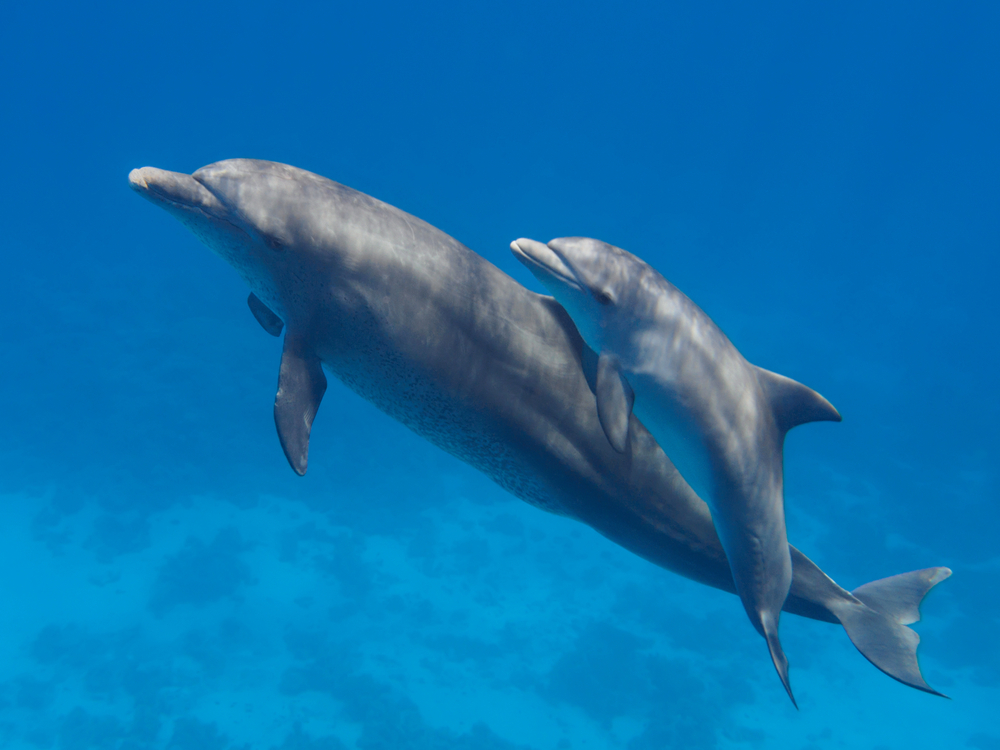
You might think that only humans possess the kind of emotional depth that can make or break a day, but many animals share this trait. Dolphins have been observed exhibiting behaviors that suggest they experience complex emotions such as grief and joy. A study by neuroscientist Lori Marino revealed that dolphin brains are among the most complex in the animal kingdom, rivaling our own. This emotional depth offers a poignant reminder that we aren’t the only creatures capable of profound feeling.
Just as you might feel a pang of jealousy, so too can our animal counterparts. Dogs, for example, have been seen to exhibit signs of jealousy when their owners show affection to another creature. The way animals express these emotions might be different, but their existence is unmistakable. Our shared emotional landscape speaks to a commonality that transcends species, reminding us how deeply interconnected life truly is.
2. Laughter As A Language
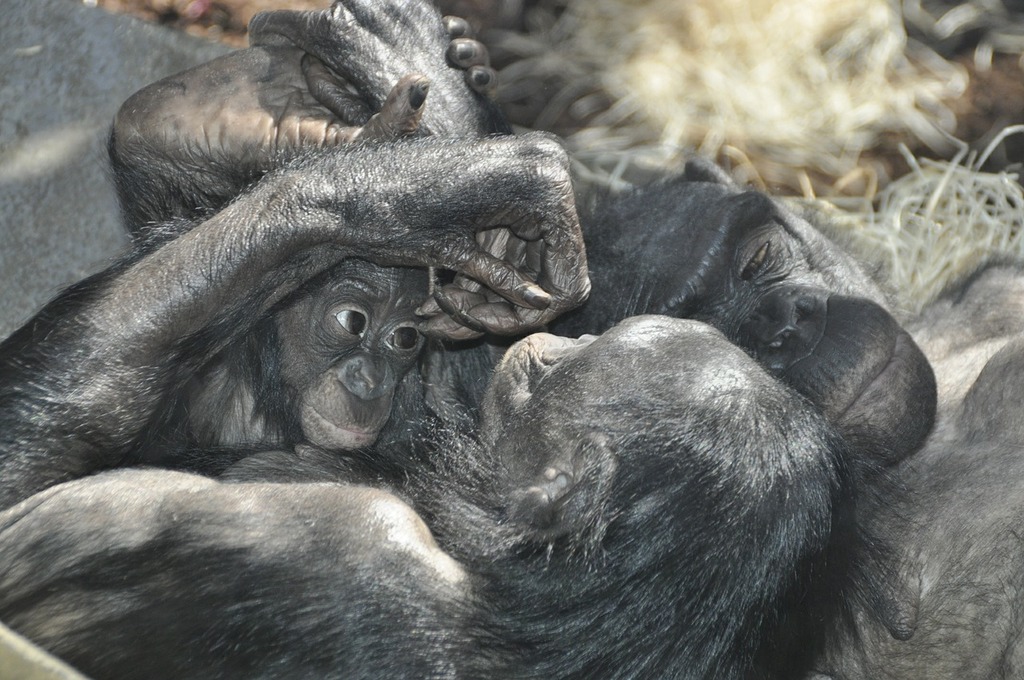
Laughter, often seen as a uniquely human trait, is not exclusive to our species. Great apes, like gorillas and chimpanzees, engage in panting laughter during play, a sound that echoes the very essence of human giggles. It’s a universal language of joy and bonding, one that doesn’t require translation. This shared tendency to laugh underscores the commonality in our social behaviors.
When you hear a chimpanzee’s panting laughter, you can almost feel a distant kinship. It’s a reminder that humor is intrinsic to life itself, an essential part of building relationships and experiencing joy. Just like us, these animals use laughter to defuse tension and strengthen social bonds. Next time you chuckle, remember it’s a reminder of the connections we share with our primate cousins.
3. Tool Use And Innovation

The ability to use and even innovate tools might seem like the pinnacle of human achievement, yet it’s also a trait shared by many animals. Crows, for instance, have been observed crafting tools to retrieve hard-to-reach food, showcasing a remarkable level of problem-solving intelligence. Research published by the University of Oxford highlights how New Caledonian crows exhibit cognitive abilities akin to those of a seven-year-old child. These creatures remind us that intellectual ingenuity isn’t solely a human domain.
Think about how you feel when you solve a puzzle or come up with a creative solution to a problem. Animals, too, experience that spark of discovery and accomplishment. Many creatures exhibit a level of intelligence that challenges our perception of what it means to be clever. When we see animals using tools, it’s a humbling reminder of the ingenuity present throughout the natural world.
4. Social Structures And Hierarchies

Just like us, many animals live within complex social structures that dictate their daily interactions. Wolves operate in packs with a defined hierarchy, where each member understands their role and responsibility. This order serves the greater good, ensuring survival and success for the group as a whole. Watching a wolf pack is like seeing a mirror of our own societal constructs.
Even in the ocean, creatures like orcas demonstrate a societal sophistication that rivals our own. They live in pods that often consist of family members, adhering to social rules and structures that maintain harmony. These parallels in social organization reveal that the quest for community and order is a universal pursuit. It’s a testament to the shared drive for connection and cooperation that permeates life on Earth.
5. Parental Instincts
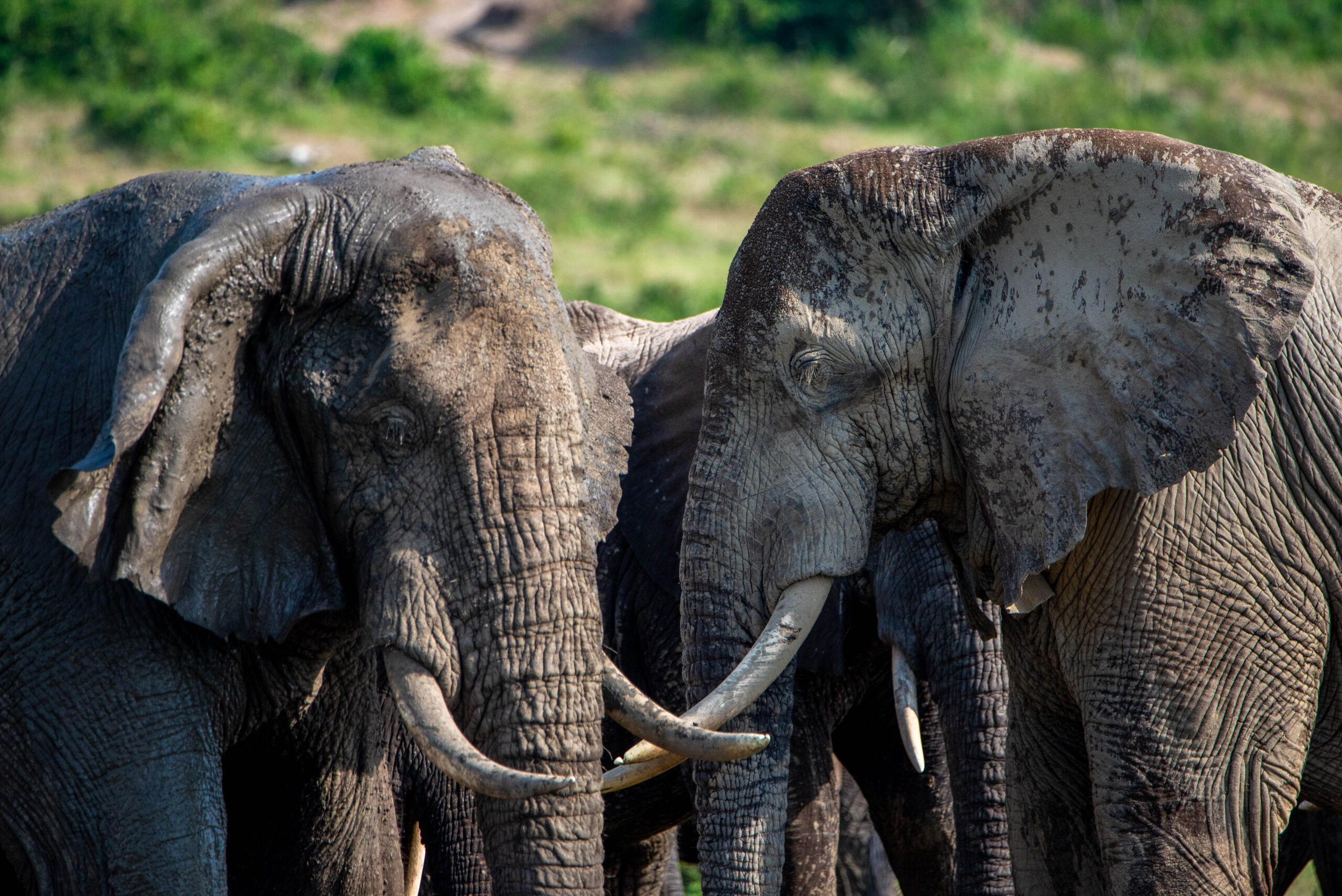
The instinct to nurture and protect our young is not exclusive to humans; it’s a cornerstone of survival in the animal kingdom. Elephants, for example, are known for their strong maternal bonds, with mothers and aunts often working together to care for calves. According to a study by renowned ecologist Cynthia Moss, these extended family groups share responsibilities in ways that mirror human communal child-rearing. This instinctual drive to protect offspring highlights the shared dedication to family seen across species.
When you see a mother bird tending to her nest, it’s a reminder of the universal nature of parental devotion. The sacrifices parents make, whether human or animal, speak to an innate desire to nurture future generations. This shared instinct connects us all in a fundamental way, blurring the lines between species. It’s a beautiful testament to the power of love and responsibility that knows no bounds.
6. Communication Nuances

Human language is a marvel of evolution, yet it’s far from the only sophisticated form of communication in the animal kingdom. Elephants use low-frequency rumbles to convey messages over vast distances, a language inaudible to human ears. Meanwhile, whales engage in complex songs that can travel miles underwater, carrying nuances we are only beginning to understand. These forms of communication reveal how animals, too, possess intricate methods to share information and build connections.
In the world of bees, a dance is worth a thousand words. They communicate the location of food sources through intricate movements, a form of expression that is both elegant and efficient. These communication methods, though different from our spoken word, showcase intelligence and intent. They remind us of the diverse ways life expresses itself, each method a marvel in its own right.
7. Environmental Adaptability

Adaptation is key to survival, and both humans and animals have honed this skill to an art form. The arctic fox, with its seasonal coat change, showcases a stunning ability to thrive in harsh climates. A study from the National Science Foundation highlights how this fox’s fur turns from brown in the summer to white in the winter, an evolutionary marvel that ensures camouflage and survival. Such adaptability parallels human ingenuity in overcoming environmental challenges.
Consider how humanity has adapted to diverse landscapes, from icy tundras to arid deserts. This shared resilience and resourcefulness reflect a universal drive to not just survive, but to thrive. The stories of adaptation across species serve as powerful reminders of life’s tenacity. They are testaments to the relentless pursuit of existence, no matter the odds.
8. Artistic Expression
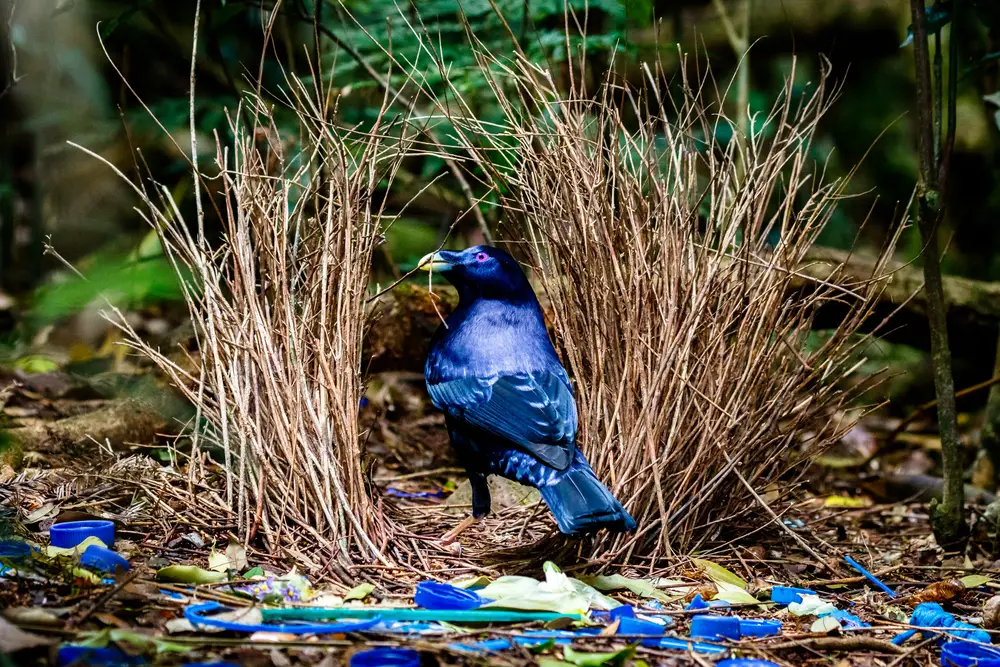
When you think of art, visions of human creativity likely spring to mind, yet the animal kingdom shares this penchant for expression. Bowerbirds, for instance, are known to craft elaborate structures adorned with colorful objects to attract mates. This artistic endeavor is a striking parallel to our own decorative pursuits, revealing an animal understanding of aesthetics and beauty. It’s as if these birds possess a sense of style, a desire to create something uniquely captivating.
Bowerbirds aren’t alone in their creative endeavors; elephants have been known to paint, using their trunks to craft strokes of color on canvas. These activities suggest a level of cognitive complexity and self-expression that challenges our understanding of art. By recognizing this creativity in animals, we broaden our definition of art, acknowledging the rich tapestry of expression that exists beyond humanity. It’s a reminder that the desire to create and communicate beauty is a shared language of life.
9. Problem-Solving Abilities

Problem-solving is often seen as a hallmark of human intelligence, yet many animals possess this remarkable ability as well. Octopuses, for example, have demonstrated the ability to solve complex puzzles and navigate mazes with ease. This intelligence is a testament to their cognitive prowess, rivaling that of some mammals. Observing an octopus in action can leave you questioning the very foundations of what it means to be intelligent.
In a more familiar setting, your own cat may exhibit problem-solving skills you never considered. Cats have been known to open doors or retrieve hidden toys, demonstrating a level of curiosity and determination. These examples of animal ingenuity remind us that intelligence is multifaceted, existing in varied forms across the animal kingdom. They offer a humbling perspective on the vast possibilities of thought and reasoning that stretch beyond our own species.
10. Altruistic Behaviors
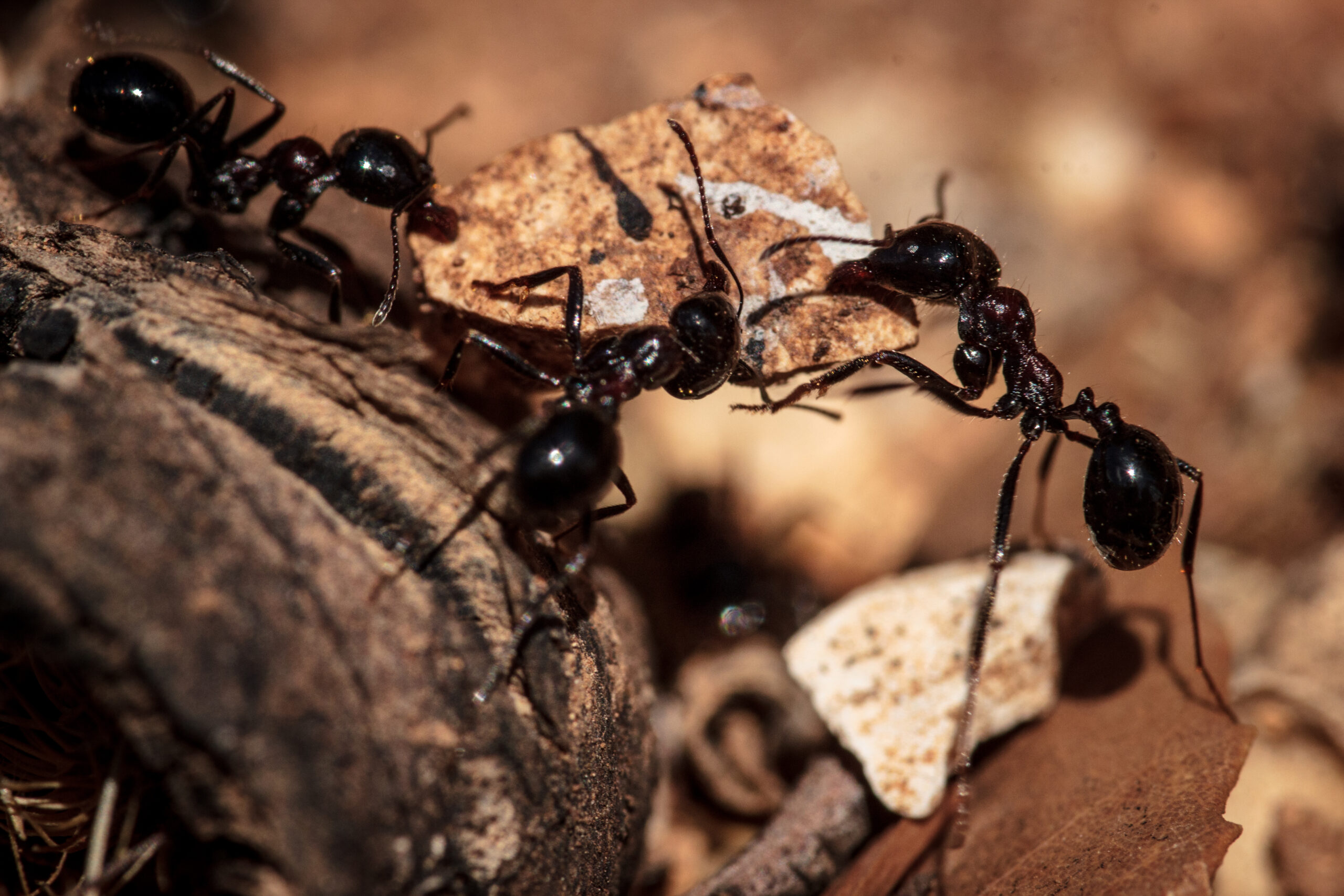
Altruism, the selfless concern for others, is not the sole domain of humanity. Certain animals, like dolphins and elephants, have displayed behaviors that suggest an instinctual drive to help others, even those outside their species. Witnessing a dolphin rescue a stranded swimmer or an elephant aid a fallen companion evokes a sense of shared morality. This altruistic behavior challenges the notion of survival of the fittest as a solitary pursuit.
Even small creatures like ants demonstrate this selflessness; they work tirelessly for the good of their colony, often sacrificing their own well-being. This instinctual drive to act in the interest of others reflects a universal empathy that knows no species boundaries. These moments of shared compassion remind us that the will to support and protect is a fundamental aspect of life. They are beautiful affirmations of the interconnectedness and kindness found in nature.
11. Territorial Instincts
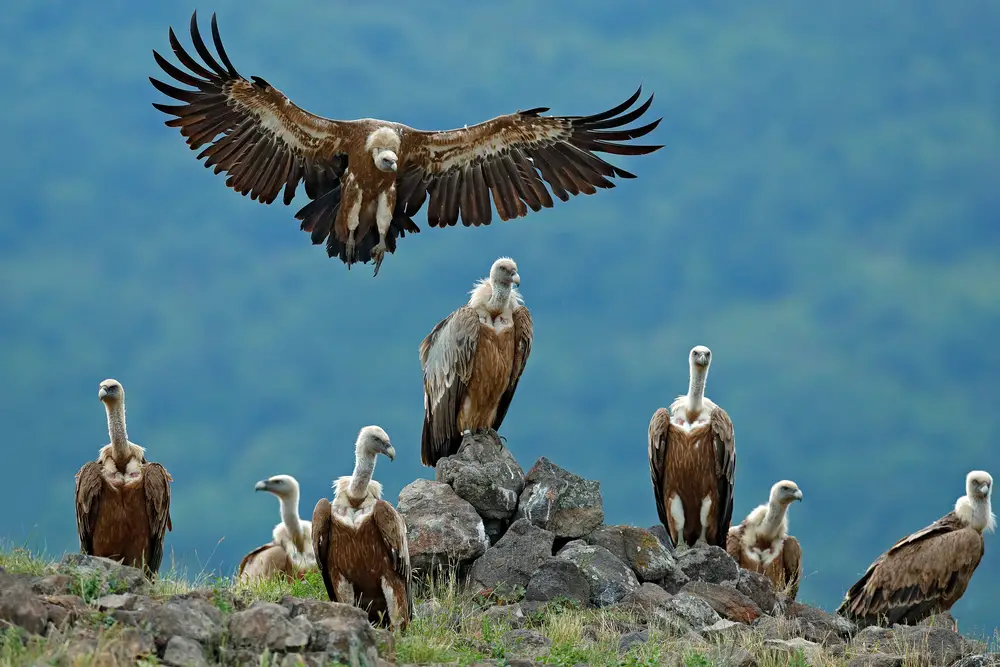
The instinct to claim and defend territory is a primal drive shared by humans and animals alike. From wolves marking their hunting grounds to humans erecting fences, the desire to establish a safe haven is universal. This territorial behavior serves both as a means of survival and a way to assert identity. It’s a reminder of the intrinsic need to belong and protect what is ours.
Birds, too, showcase this instinct through their elaborate songs and displays designed to ward off intruders. Their territorial expressions reflect a nuanced understanding of ownership and defense. Observing these behaviors in nature highlights the parallels between human and animal tendencies. They speak to the shared desire for stability and security in a world of uncertainty.
12. Curiosity And Exploration
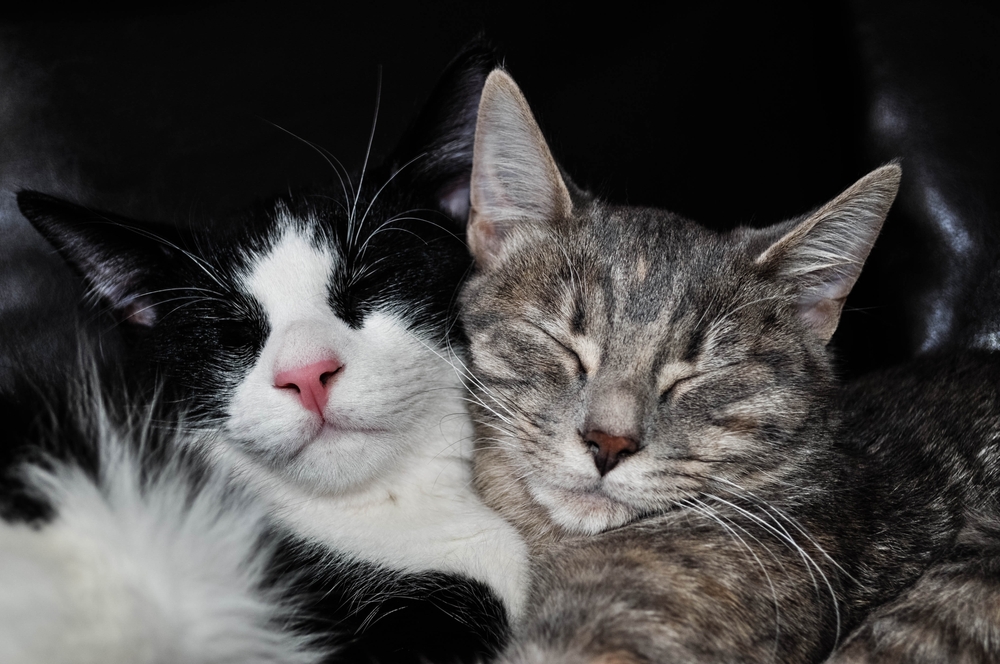
Curiosity fuels exploration, and it’s a trait shared by a vast array of creatures. Cats, with their inquisitive nature, are known for getting into all sorts of mischief as they explore their environment. Similarly, humans have an insatiable drive to discover and understand the world around them, a trait that has led to incredible achievements and discoveries. This shared curiosity is a powerful force that propels both growth and innovation.
Even in the deep blue sea, creatures like dolphins exhibit this inquisitive spirit, often investigating new objects or interactions with humans. Their playful nature is a testament to the joy found in exploration. This shared thirst for knowledge and understanding reveals an intrinsic drive that is both ancient and universal. It’s a reminder of the boundless possibilities that curiosity can unveil.
13. Resilience And Survival

Resilience is etched into the DNA of life itself, a trait shared by humans and animals in equal measure. Consider the tenacity of the salmon, which swims upstream against all odds to spawn, a journey fraught with danger and exhaustion. This relentless pursuit of life mirrors human stories of overcoming adversity and striving for a better future. It’s a testament to the power of resilience that permeates the natural world.
Humans, too, embody this resilience, adapting to challenges and pushing the boundaries of what is possible. Our shared stories of survival and triumph remind us of the indomitable spirit that unites us. Whether it’s a salmon leaping against the current or a person rising to meet their trials, these narratives inspire and connect us. They serve as powerful reminders of the incredible tenacity that life demands and celebrates.
